|
Author: Russell Gray #Croc #Gators #Caiman
While working with the CrocDocs lab of University of Florida (IFAS) under Dr. Frank Mazzotti, I had the privilege to work with a group of fantastic colleagues on a wide range of projects. Since the lab focuses on both crocodilian research and invasive species management, I was able to work not only with alligators (Alligator mississippiensis) and American Crocodiles (Crocodilus acutus)¸ but also the invasive spectacled caiman (Caiman crocodilus). Alligator Fieldwork At about 5-6 p.m. the crew assembles near the equipment sheds of the IFAS facility. All tools and necessary items are loaded into a trailer bound airboat, and a detailed checklist is checked off to ensure nothing is left behind. The airboat prop is ran for 10 minutes and a full check on both the machine and trailer is conducted to ensure safety of researchers in tow and in the field. Alligator surveys are carried out in numerous inland marsh areas of south Florida. When we arrive, the airboat is loaded off into the launch, and then driven out to our designated starting point. Surveys begin at nightfall, using a spotlight to detect eye-shine and run through a pre-determined transect that is followed via GPS. When an animal is spotted by the airboat operator, the animal size, and microhabitat information is called out by the operator for the field tech to record. After the survey, the real fun begins – the catch! Catches are a bit more liberal in airboat movement; there are boundaries that cannot be left to keep data consistent, however there is no directional survey route, so the driver is free to skate across the muddy marshland as they deem necessary (which is incredibly fun). Once eye shine is spotted, the airboat operator pulls up to the animal, and the catcher leans over the front end of the airboat to snare it. Alligators, as you could imagine, do not like being caught. Gnawing, thrashing, and death-rolling, the alligator wears itself out. During the struggle, it is the duty of the catcher to ensure neither human nor animal is harmed in the process. Once the animal appears to be calm, another snare is secured around the snout, the animals head is lifted, and the snout is taped. When these safety precautions are finished, the animal is lifted on board to be measured, sexed, tagged, weighed, have blood drawn, and then released. The gator is marked with liquid-paper (which washes off within a few hours) to ensure it won’t be recaptured that night. Alligator catching can be exhilarating, but also exhausting. Some nights while catching in healthy populations, we will only locate 3m+, 200 lb animals and after lifting and weighing dozens of them, the workout can wear you out. Even so, I love every moment of the work. Crocodile Fieldwork Croc fieldwork begins in the same fashion as gator work, the only difference being the mode of transportation is usually a small boat, or dingy, rather than an airboat. American crocodiles are typically coastal species (although they do come into brackish outflows of the water management district canals), so the waters they’re caught in are much deeper than the inland marshes where gators are found. Interestingly enough, the canals occupied by crocs are also occupied by gators and sometimes caiman. South Florida is the only place in North America where this type of species overlap occurs. Once our designated survey area is reached, we carry out a similar transect-driven spotlight/eye shine survey, with a following catch. The catch time for crocodiles is much more challenging than it is for alligators due to the water depth. Crocs are very aware of the boats and spook quite easily, so when the vibrations of the boat hit, they submerge themselves and stay under for long periods of time before resurfacing. Due to this, the boat operator must perform a ton of situational adaptations for each animal located to see what works and what doesn’t. The other reason why catching crocs is difficult in comparison to gators is their size. American crocodiles are absolutely massive animals and can reach up to 4 meters. The usual snare loops that could catch the neck of an adult male alligator would (maybe) fit around the mid snout of a large adult male croc. They are unbelievably powerful too! Crocs easily pull boats full of researchers, and sometimes are too massive to be pulled on board, so morphometric data have to be taken in the water. All in all the experience is very dream-like... cruising around under the stars at night, hanging out with amazing scientists friends, and catching enormous apex-predators. I rate the experience 10/10 every time. Caiman fieldwork Caiman fieldwork is more of invasive species management research, so the animals that are caught, unfortunately never return back to the wild. There are a few select sites in south Florida where these animals have presumably been thriving since a mishap in the 1960s at an airforce base near water management district areas. From what I’ve heard, one of the air force personnel had collected a few juvenile caiman from a romp abroad and brought them back to the base; when the commanding officer discovered the animals, the owner of the new ‘pets’ was instructed to get rid of them. Naturally, the owner didn’t want to kill the animals, so he threw them into the closest water body... and so began the legacy of our south Florida spectacled caiman population. Caiman in Florida typically occupy ditches and small canals that run through water management district areas, so catching them usually takes place on foot. Once the animal is caught, they are brought back to the lab and humanely euthanized; unfortunate and very sad work, but a necessary evil to preserve and maintain the integrity of the native ecosystem.
1 Comment
|
AuthorRussell J. Gray Archives
April 2021
Categories |

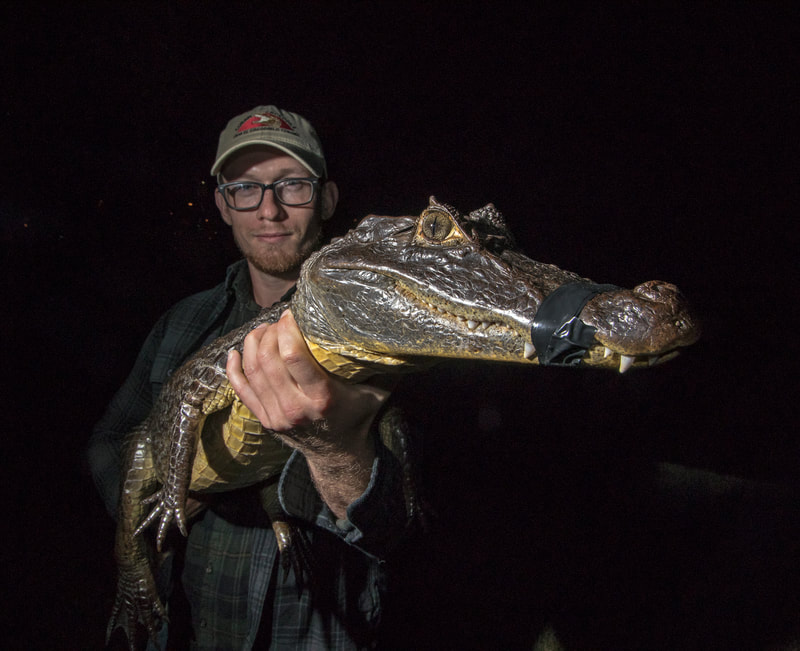
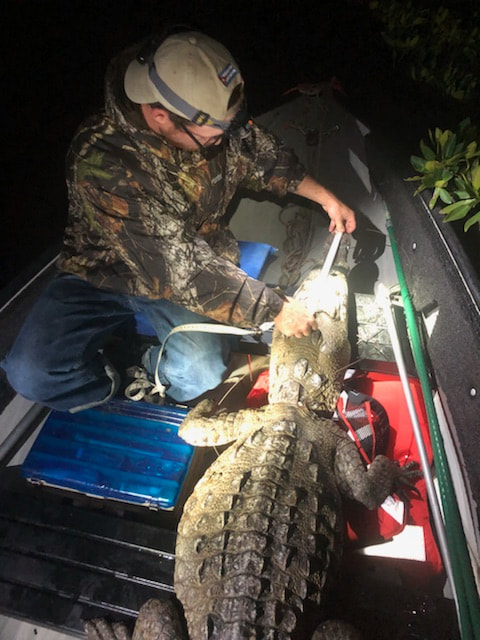
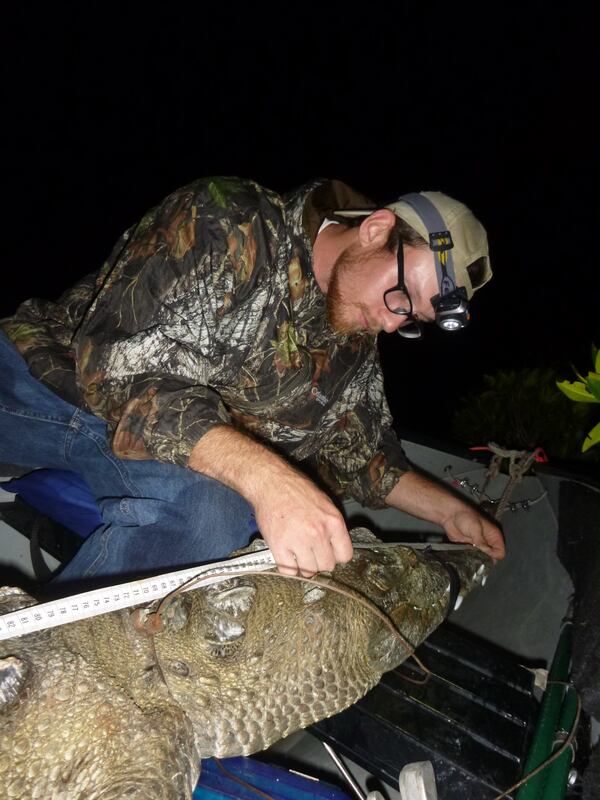
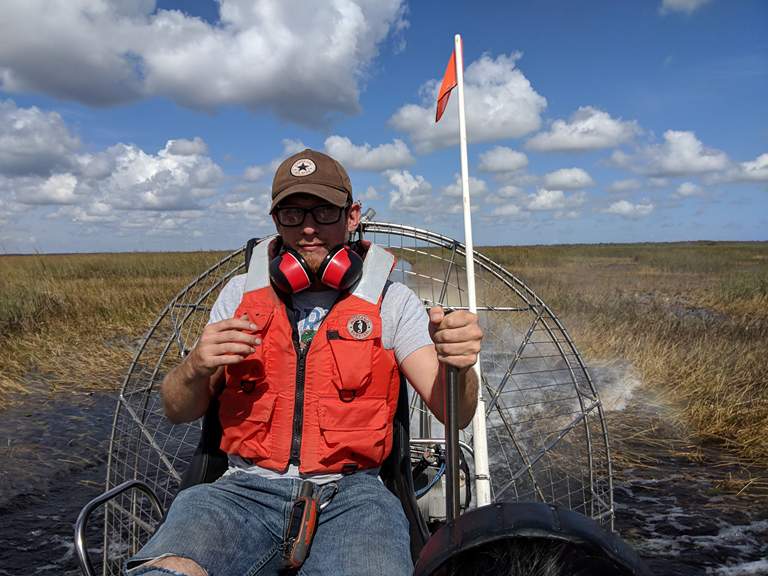
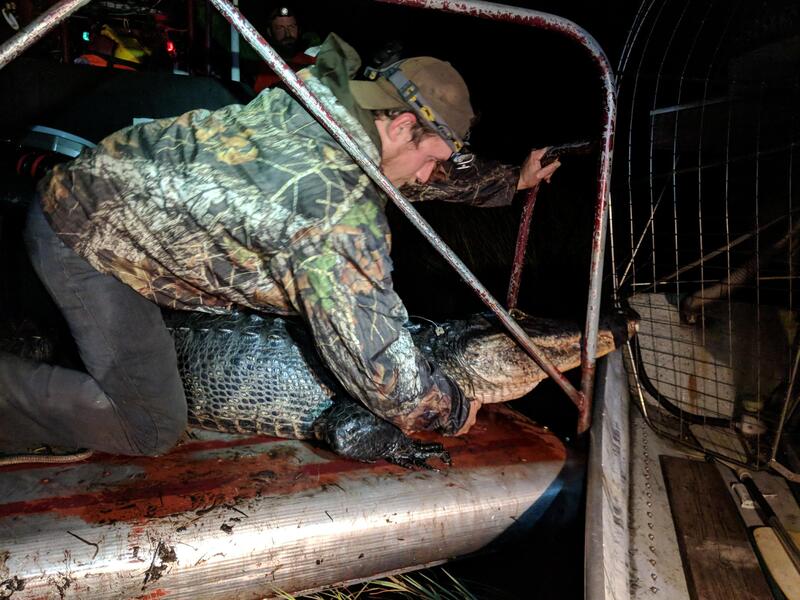
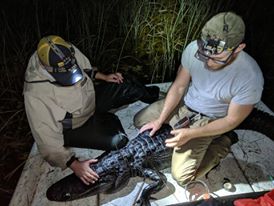
 RSS Feed
RSS Feed
